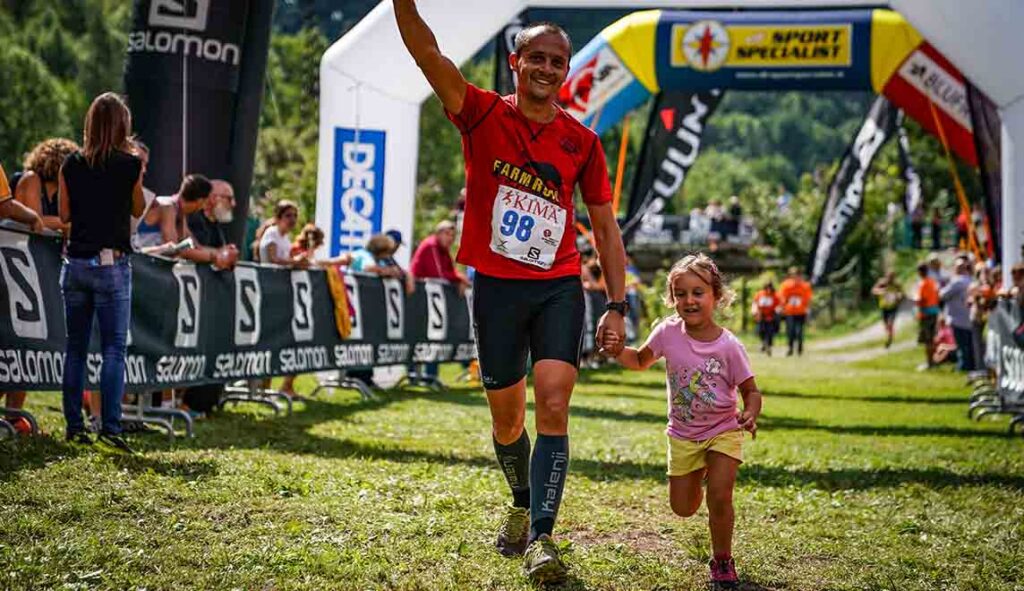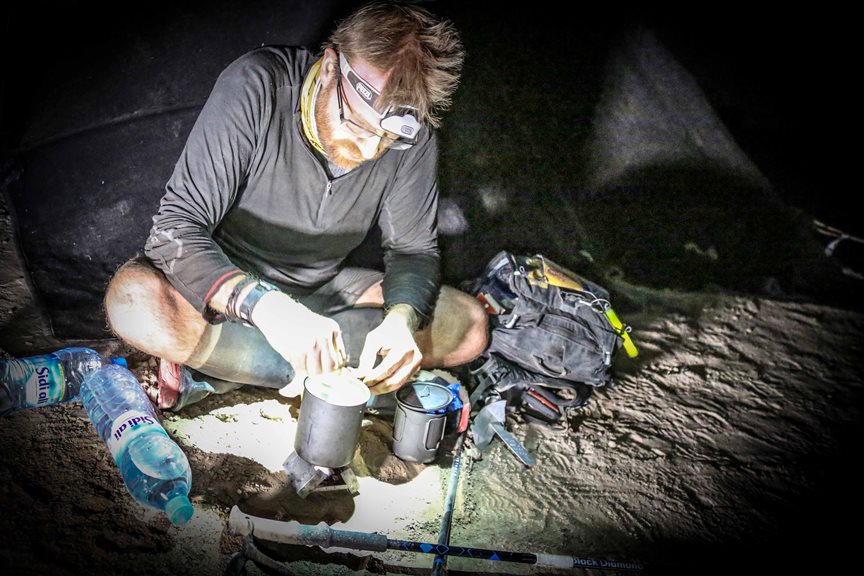Last updated: 18-Mar-21
Women are not men. This is not news. And yet sometimes, I feel like shouting it from the nearest hilltop. Because regardless of all the gear and products, if not specifically designed for women, marketed to them, that comes out of the running industry year on year we are missing a huge trick. Our bodies work differently.
Women fit shoes, female specific run packs and of course anything with purple or pink on it are only nods to the physical differences which exist between men and women and sometimes not even that. If we truly want to improve how we perform as runners, whether it be how we train smarter or simply our enjoyment of running, then we need to acknowledge and tap into the physiological differences. And for many women that is all about harnessing our superpower. Our menstrual cycles.
Yep, that’s it. All those ‘hormones’ which we spend half of their lives blaming, hiding away, excusing, being ashamed of, when appreciated and tapped into have great potential.
Knowing the optimum times for example, to run long or run hard, eat more protein or when to push that strength session is going to be a lot more useful, personal and cost effective than any pair of compression socks or the latest gel. Research suggests that working with your cycle could improve running speed by up to 5%. (the right sports bra can make a 4% improvement on marathon time – but that’s a whole different article). Sorry men this is all ours.
It is time to stop seeing conversations about periods and hormones as ‘women’s issues’, hinderances and to start seeing the possibility in them. Don’t get me wrong. Having a menstrual cycle can be a right royal pain (in the uterus) especially on race day but working your uniqueness into a training plan is going to be a lot more effective than following one based on young male athletes (which most standard plans in magazines are). So, if you have a menstrual cycle, used to have one, don’t have one or know someone with one read on.
First of all
Every human being is driven by hormones. They act on all sorts of bodily functions and processes, including our development and growth, metabolism, mood, body temperature as well as the more commonly associated sexual health.
The main sex hormone for men is Testosterone and this cycles through every 24 hours with the greatest levels being in the morning.
The 2 key sex hormones for women are Oestrogen and Progesterone. Each have an important role to play as they ebb and flow throughout a cycle and especially as we age and they diminish. A women’s cycle can range from anywhere between 24 – 38 days.
Oestrogen
- Helps with resistance to illness – contributes to a healthy immune system
- Regulates cholesterol and heart health
- Linked to cognitive function and mood
- Effects joint laxity (looseness)
- Effects proprioception, balance, adaptation to training
- Promotes lean muscle mass
Progesterone
- Has a calming, steadying influence, promotes good mood, sleep
- Can influence co-ordination /skill levels
The basics of a menstrual cycle.
A healthy cycle has both a period (lining of uterus comes away and bleeding occurs) and an ovulation (egg released)
A menstrual cycle begins on the first day of a period and ends the day before the next period.
A menstrual cycle is a sign of health and it can be influenced by several factors.
Hormonal contraceptive:
- Age (teenagers tend to have longer cycles)
- Age – the average age for women to reach menopause in the UK is around 51
- Quantity of training and life in general
- Nutrition
- Stress
It can be useful to describe a menstrual cycle in terms of 4 phases:
Early Follicular Phase:
What is happening:
- Uterus lining coming away
- Low levels of Oestrogen and Progesterone
- Prostaglandins present
- Body better at using fat as a fuel. Less so at using carbohydrate
What women could be experiencing:
- Bleeding
- Nausea, gastrointestinal issues (due to prostaglandins)
- Cramps etc
- Lower energy levels
How we could make the most of our training:
- May need to top up carbohydrates
- Be prepared with period products, availability of facilities
- Have snacks
- Hydrate well
- May feel performance is affected
Late Follicular Phase:
What is happening:
- Oestrogen rising
- Progesterone remains low
- Towards end of this phase – peak in testosterone and ovulation
What women could be experiencing:
- Sexual confidence
- Greater levels of energy and confidence
- Feel a lot more social
- Increased joint laxity
- Good muscle repair and growth
- Better at using carbohydrate
- Blood sugars more stable
- May report a higher pain threshold
How we could make the most of our training:
- May feel emotionally more resilient and therefore more open to feedback from coach
- Improved adaptation to training
- More likely to benefit from high intensity training in this period
- More inclined to take risks
- Worth keeping an eye on risk of injury due to joint laxity
Mid Luteal Phase:
What is happening:
- Progesterone peaks
- Oestrogen rises
What women could be experiencing:
- Change in core temp and metabolic rate
- Increased calorie requirement
- Feeling good, getting good sleep
- Co-ordination /skill may be affected
- Decreased insulin sensitivity
- Water retention
- Raised HR
How we could make the most of our training:
- More likely to feel hotter and therefore need to find ways to cool
- Sweat more and therefore need to up intake of sodium
- Need to eat more carbs – especially if racing in this phase
- Experience highs and lows – cravings at this point are normal
- More receptive to longer runs. Less receptive to high intensity work.
Premenstrual Phase:
What is happening:
- Oestrogen drops
- Progesterone drops
What women could be experiencing:
- Foggy memory
- Premenstrual tension (8% of women)
- 150 symptoms recognized for PMS!
- Emotionally fragile
- Low mood
- Not as good at using stored carbs in this phase
How we could make the most of our training:
- Focus on things which keep our motivation, level of enjoyment high.
- More protein potentially helpful
- PMS affected by stress and inflaming foods
- Ibuprofen shown to decrease symptoms
- Opportunity to use this time as recovery
We can see that just as the hormones change, so a woman’s needs in terms of nutrition, support, type of training, weight, confidence, spatial awareness, adaptation to training change. And just like the idea that every women’s cycle is 28 days long (only 13% are in reality), for many women the differences we have noted throughout a cycle may not ring true. So, the real benefit comes from making it personal. We can do this by:
- Tracking each day of our cycle – a simple diary noting cycle symptoms, motivation, HRV, training.
- Noticing patterns
- Adapting training to suit
But what if you don’t have a menstrual cycle? After all, 50% of female athletes are on hormonal contraception and a 1:3 women in the UK have either reached it or are going through menopause. Again, get tracking, get reading, talk to other women about it. Do you experience any patterns which affect your running, are you happy with your contraception, are there things you could do to work with body and all its special features?
Like everything, understanding and training to optimise your cycle isn’t the silver bullet to a PB. But it will give you a huge insight into you, empower you to open up conversations, provide a more relevant benchmark for which to measure yourself and importantly set you apart as a runner with unique needs rather than simply a smaller version of a man. And that is the best trick in the book.
Jude Palmer is a Fell / Trail Running Coach who when not running wild can be found in cold water.





